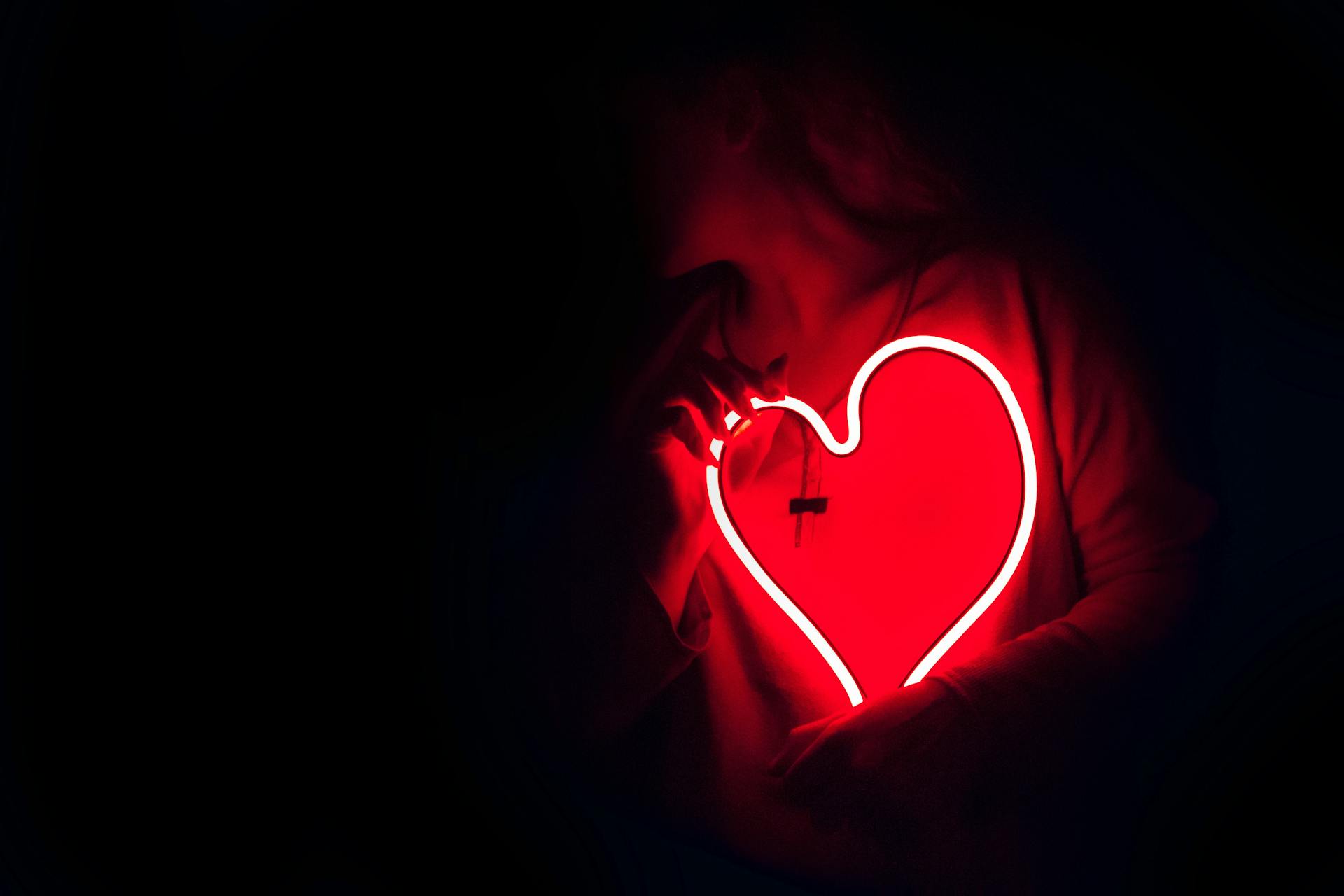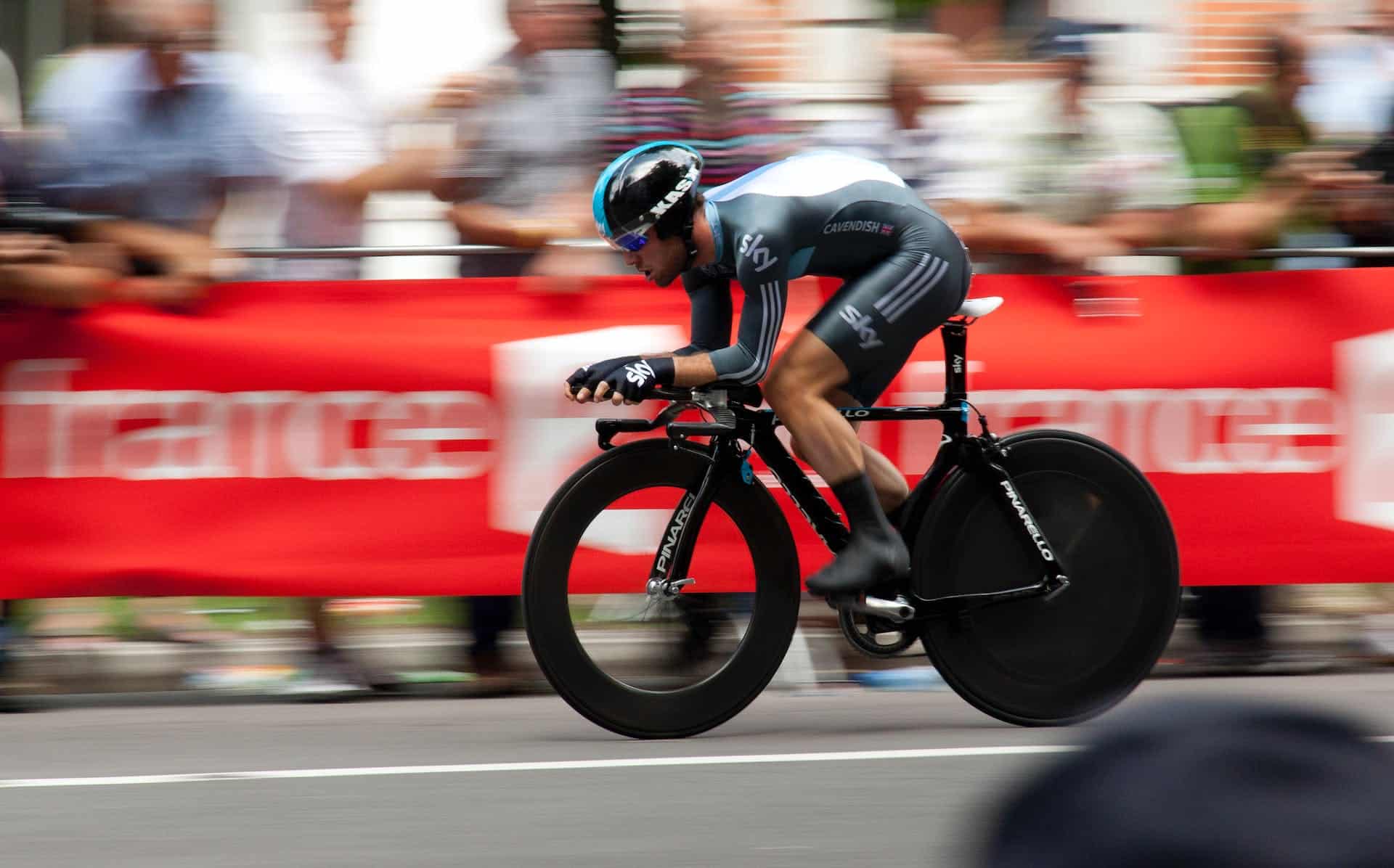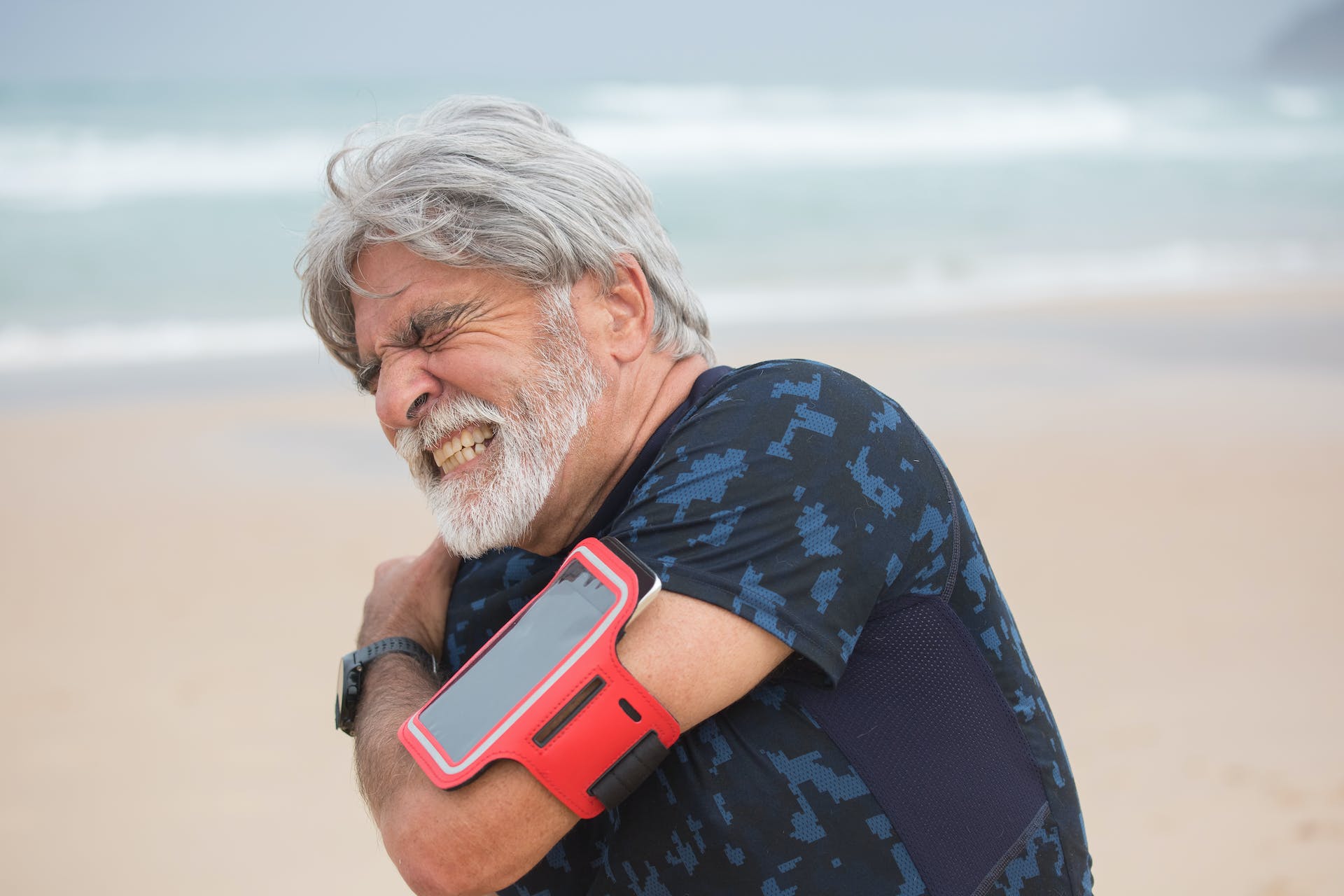According to the Centers for Disease Control and Prevention, “Every 40 seconds, someone in the United States has a stroke. Every 3.5 minutes, someone dies of stroke. The CDC adds, “Every year, more than 795,000 people in the United States have a stroke. About 610,000 of these are first or new strokes. About 185,000 strokes—nearly 1 in 4—are in people who have had a previous stroke. About 87% of all strokes are ischemic strokes, in which blood flow to the brain is blocked.” So what exactly is a stroke? Dr. Sam Kalioundji, Cardiologist and Medical Director of Stroke Center at Dignity Health Northridge Hospital and KAL HEART tells us: “Stroke occurs when there is decreased blood supply to part of the brain either due to a narrowing or blockage or when there is a rupture of a vessel leading to bleeding and compression of the brain that can cause brain damage, neurological deficits and disability, and sometimes even death.” Eat This, Not That! Health spoke with specialists who explain warning signs you’re in danger of a stroke and what to know about one. Read on—and to ensure your health and the health of others, don’t miss these Sure Signs You’ve Already Had COVID.
Jason Tarpley, M.D., Ph.D., stroke neurologist and director of the Stroke and Neurovascular Center for Pacific Neuroscience Institute at Providence Saint John’s Health Center in Santa Monica, Calif. states, “Ischemic stroke, or blockage of a brain artery, has many different causes depending on the patient population. Ischemic stroke is more common in older age, and older patients’ strokes are often caused by an underlying heart rhythm called atrial fibrillation, cholesterol plaque in the carotid arteries, or disease in the brain’s small arteries. Risk factors for small artery strokes are high blood pressure, diabetes, and smoking. Stroke in the young, on the other hand, has different causes. The most common cause of stroke in the young is an arterial dissection resulting from a tear in the inner layer of the arteries feeding the brain. There is a link between lack of sleep and stroke. Probably the most notable is the link between obstructive sleep apnea and stroke. For this reason, patients with daytime tiredness and/or snoring should be evaluated with a sleep study.”
The American Stroke Association states, “A stroke is a life-changing event — physically and emotionally. A stroke can make everyday activities challenging. These challenges may be due to several stroke-related conditions, such as limb weakness, numbness or paralysis, communication challenges, vision challenges and one-sided neglect challenges. Getting dressed, making a meal, doing laundry, or staying organized for the week – these tasks may become big obstacles. Simple everyday tasks may need to be relearned and you may need more frequent rest breaks. Every stroke is unique, and your recovery will be too.”
Dr. Kalioundji shares, “Early and rapid diagnosis and treatment of stroke can significantly prevent long-term damage and survival Four silent signs of a stroke to include unilateral numbness or numbness on one side of the body, headache, difficulty or slurred speech as if one is intoxicated, balance/vision problems.”
Dr. Kalioundji lists the following signs:
– “Slurred or difficult speech
– Numbness or weakness on one side of the bod
– Severe headache
– Balance or visual disturbances”
Dr. Tarpley says, “The American Stroke Association has a useful acronym for identifying signs and symptoms of a stroke. Any of these symptoms should prompt emergent evaluation for possible stroke as we have powerful brain-saving treatments for patients with stroke. The acronym is BE FAST:
B for balance problems
E for eye problem such as sudden vision loss
F for facial drooping on one side
A for arm weakness
S for speech difficulty
T time is brain or time to call 911″
The National Institutes of Health National Institute of Neurological Disorders and Stroke states, “While family history of stroke plays a role in your risk, there are many risk factors you can control.
- If you have high blood pressure, work with your doctor to get it under control. Many people do not realize they have high blood pressure, which usually produces no symptoms but is a major risk factor for heart disease and stroke. Managing your high blood pressure is the most important thing you can do to avoid stroke.
- If you smoke, quit.
- If you have diabetes, learn how to manage it. As with high blood pressure, diabetes usually causes no symptoms but it increases the chance of stroke.
- If you are overweight, start maintaining a healthy diet and exercising regularly.
Every minute counts. The longer blood flow is cut off to the brain, the greater the damage. The most common kind of stroke, ischemic stroke, can be treated with a drug that dissolves clots blocking the blood flow. The window of opportunity to start treating stroke patients is three hours. But a person needs to be at the hospital within 60 minutes of having a stroke to be evaluated and receive treatment.”
Dr. Kalioundji says, “Increased risk of stroke or risk factors for stroke are 55 or older, African-American or Hispanic, high blood pressure, heart disease, diabetes, tobacco abuse, birth control pills, history of stroke or TIA transient ischemic attacks, high cholesterol.”
According to the Mayo Clinic, “Many factors can increase the risk of stroke. Potentially treatable stroke risk factors include:
Lifestyle risk factors
- Being overweight or obese
- Physical inactivity
- Heavy or binge drinking
- Use of illegal drugs such as cocaine and methamphetamine
Medical risk factors
- High blood pressure
- Cigarette smoking or secondhand smoke exposure
- High cholesterol
- Diabetes
- Obstructive sleep apnea
- Cardiovascular disease, including heart failure, heart defects, heart infection or irregular heart rhythm, such as atrial fibrillation
- Personal or family history of stroke, heart attack or transient ischemic attack
- COVID-19 infection
Other factors associated with a higher risk of stroke include:
- Age — People age 55 or older have a higher risk of stroke than do younger people.
- Race or ethnicity — African Americans and Hispanics have a higher risk of stroke than do people of other races or ethnicities.
- Sex — Men have a higher risk of stroke than do women. Women are usually older when they have strokes, and they’re more likely to die of strokes than are men.
- Hormones — Use of birth control pills or hormone therapies that include estrogen increases risk.”
Heather Newgen has two decades of experience reporting and writing about health, fitness, entertainment and travel. Heather currently freelances for several publications.







